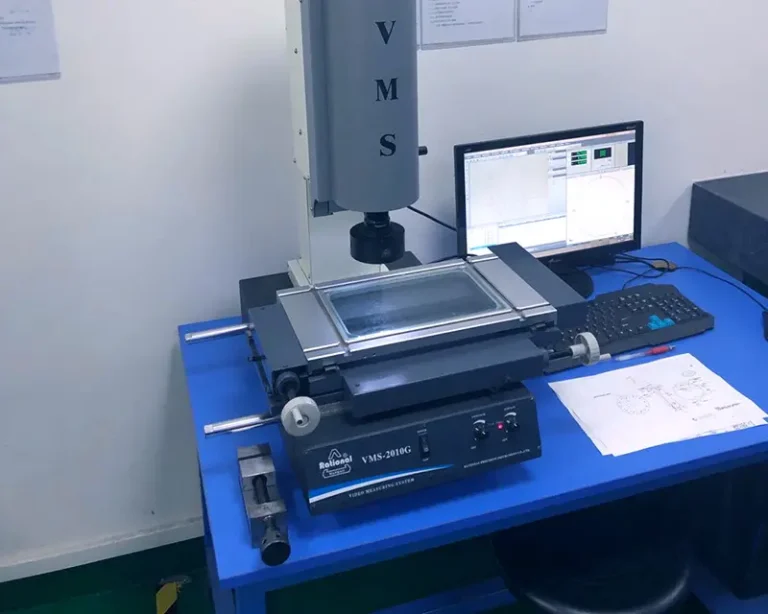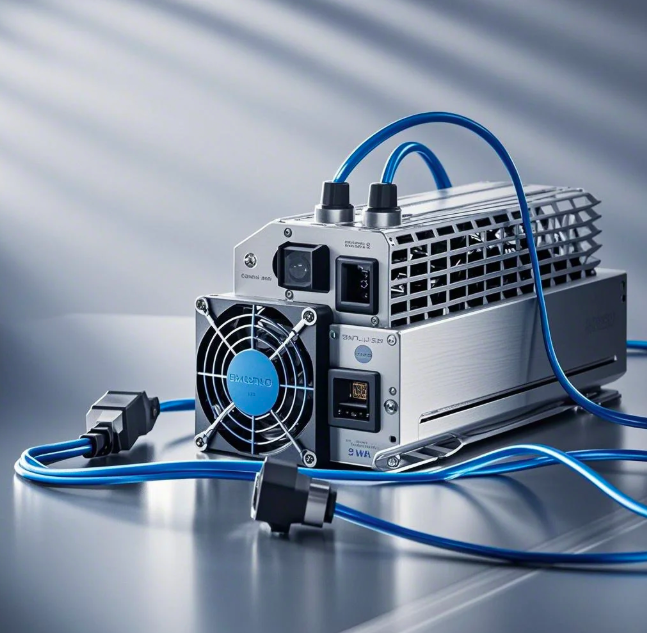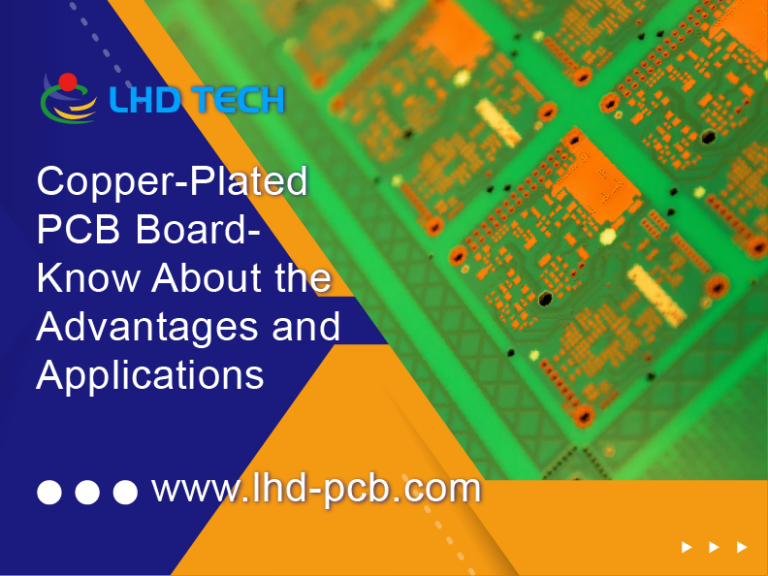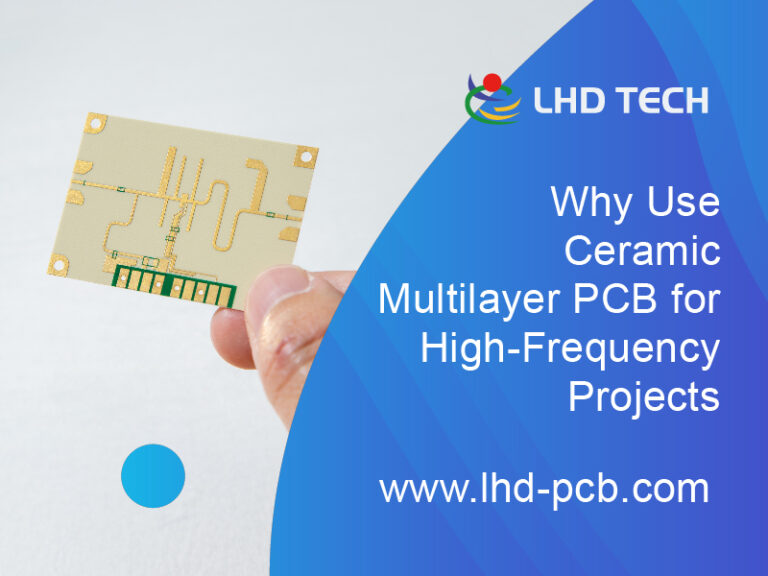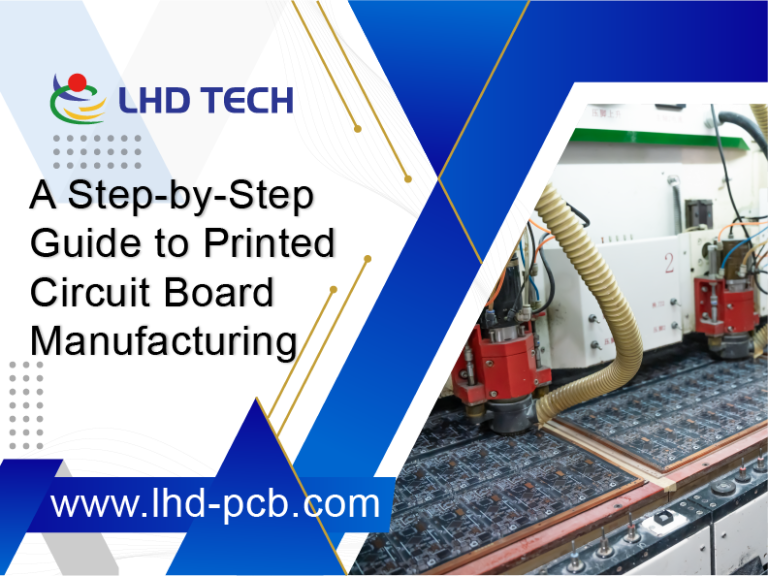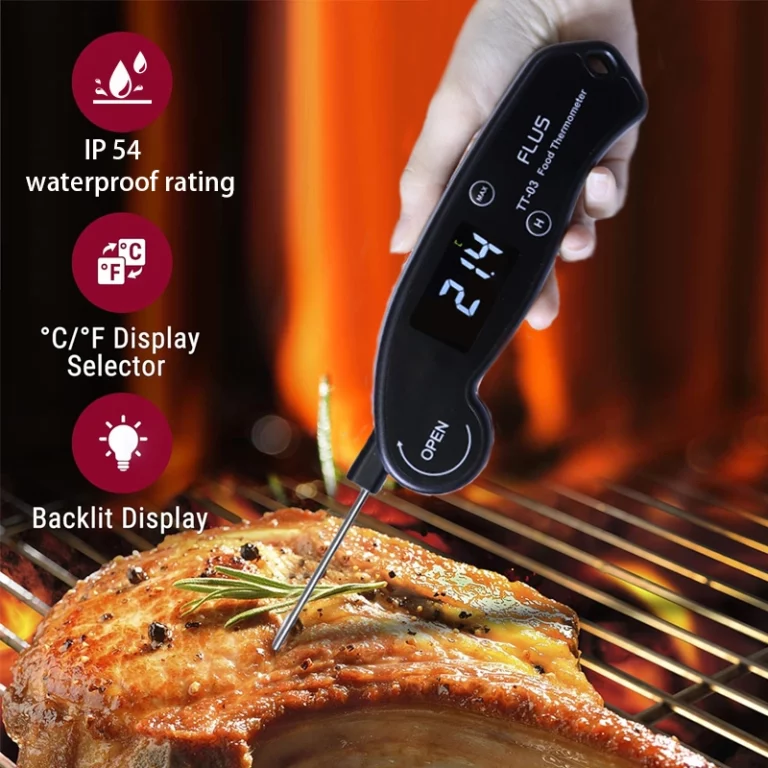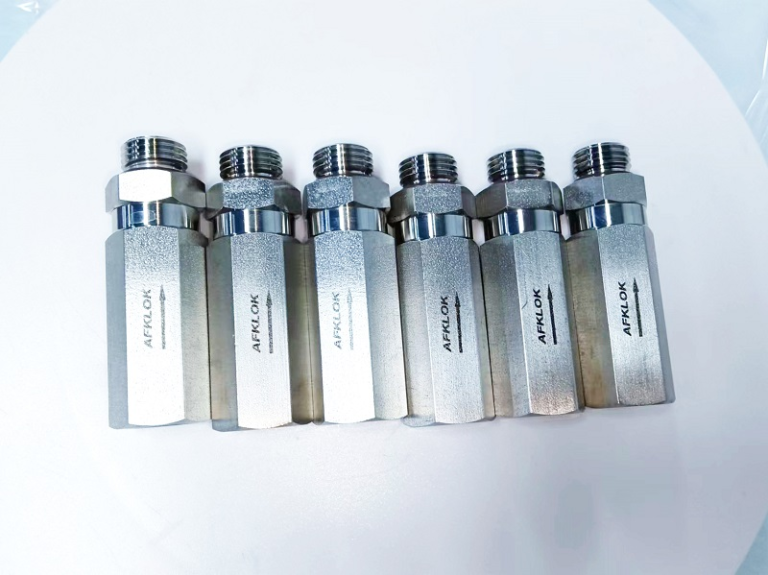目录
ToggleSurface Mount Technology (SMT) is widely used in modern electronics manufacturing due to its efficiency, precision, and ability to produce compact, high-performance circuit boards. The SMT assembly process involves several critical steps, each essential for ensuring the quality and functionality of the final product. This article will outline these steps and explain the advantages of the SMT assembly process over traditional through-hole assembly methods.
Key Steps in the SMT Assembly Process

Solder Paste Application
The SMT assembly process begins with applying solder paste to the printed circuit board (PCB). This is done using a stencil to ensure precise placement of the paste only on the areas where components will be mounted. The solder paste acts as both an adhesive and a conductor once melted. Ensuring accuracy during this stage is vital, as incorrect application can lead to component misalignment or electrical shorts.
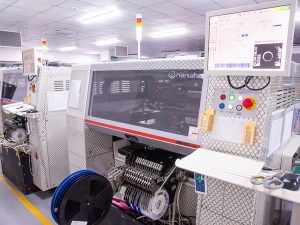
Component Placement
After applying the solder paste, surface mount components are placed onto the board. This step is usually automated using a pick-and-place machine, which ensures rapid and accurate positioning of components. These machines are programmed to identify component types and place them in their correct positions on the board. The use of automated machinery minimizes human error and speeds up the SMT assembly process, especially for large-scale production.
Reflow Soldering
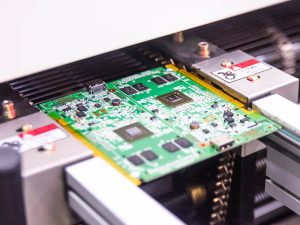 Following component placement, the PCB is passed through a reflow oven. In this stage, the solder paste is heated to a temperature that causes it to melt and form solder joints between the components and the PCB pads. The reflow oven gradually heats and then cools the board to ensure strong, reliable connections. This step is critical, as improper reflow soldering can result in weak joints or component damage.
Following component placement, the PCB is passed through a reflow oven. In this stage, the solder paste is heated to a temperature that causes it to melt and form solder joints between the components and the PCB pads. The reflow oven gradually heats and then cools the board to ensure strong, reliable connections. This step is critical, as improper reflow soldering can result in weak joints or component damage.
Inspection and Quality Control
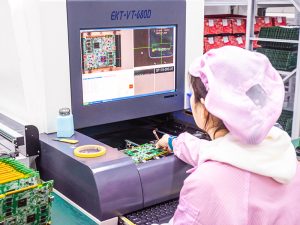
Once the soldering is complete, the assembled boards undergo a thorough inspection to identify any defects. There are two main types of inspection used in the SMT assembly process:
- Automated Optical Inspection (AOI): This technique uses cameras and software to visually inspect the board for defects such as missing components or misalignments.
- X-ray Inspection: For more complex assemblies, X-ray inspection is used to detect hidden defects, such as voids in solder joints or bridging between leads. Effective inspection processes are crucial to ensuring the reliability and performance of the finished product.
Testing
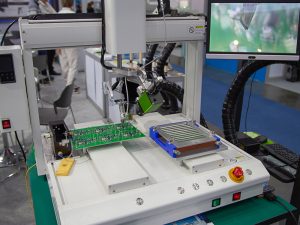 In addition to visual inspections, electrical testing is performed to verify that the assembled board functions as intended. This includes in-circuit testing (ICT), which checks for shorts, opens, and other issues in the circuitry, and functional testing, which simulates the board’s real-world operation to ensure it meets performance standards.
In addition to visual inspections, electrical testing is performed to verify that the assembled board functions as intended. This includes in-circuit testing (ICT), which checks for shorts, opens, and other issues in the circuitry, and functional testing, which simulates the board’s real-world operation to ensure it meets performance standards.
Advantages of the SMT Assembly Process
The SMT assembly process offers several significant advantages over traditional through-hole assembly methods, making it the preferred choice for modern electronics manufacturing.
- Compact Design
One of the primary advantages of SMT is the ability to mount components on both sides of the PCB, allowing for more compact and densely populated boards. This is essential in today’s electronics, where size reduction is critical for devices like smartphones, wearables, and other portable technology. SMT allows designers to create smaller, lighter products without sacrificing functionality. - Higher Production Efficiency
The SMT assembly process is highly automated, which significantly increases production efficiency. Automated machines can place components much faster than manual assembly methods, enabling high-volume production runs with consistent accuracy. - Improved Performance
SMT components have shorter lead lengths, which means lower resistance and inductance at the connection points. This results in improved electrical performance, particularly in high-frequency applications. Additionally, the reduced size of SMT components allows for better thermal management, as heat can dissipate more efficiently across the board. - Cost-Effective Production
While the initial investment in SMT equipment may be high, the long-term cost benefits are substantial. The ability to automate the assembly process reduces labor costs and minimizes material waste. Furthermore, the compact design of SMT components reduces the amount of raw material needed for each board, leading to cost savings in both materials and logistics. - Reliability and Durability
The SMT assembly process produces highly reliable and durable connections, as the solder joints are formed directly between the components and the PCB. This reduces the risk of mechanical failures, especially in environments subject to vibration or mechanical stress. As a result, SMT is commonly used in automotive, aerospace, and industrial applications, where reliability is crucial.
Conclusion
The SMT assembly process plays a vital role in modern electronics manufacturing, offering a streamlined, efficient, and reliable method of producing compact and high-performance circuit boards. With its many advantages, including improved production efficiency, better performance, and cost-effectiveness, SMT has become the standard for most electronic devices today. Understanding the key steps in the process and the benefits it offers helps manufacturers and designers make informed decisions to enhance product quality and functionality.
0
